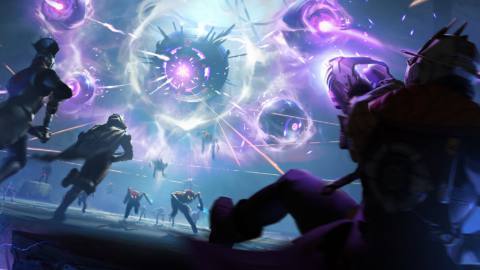
Senua’s Saga: Hellblade 2 is the most visually accomplished game released in 2024 to date, and for me it represents the most significant Unreal Engine 5 release next to Epic’s own Fortnite. As well being a game with fascinating technology in its own right, with so many developers jumping on the UE5 bandwagon it seems inevitable that Hellblade 2 will be instructive for future developers. There’s a lot that the game gets right which ought to be copied wholesale, while other elements might be best avoided.
Let’s start with a strongly positive element, and that’s the user experience you’ll notice when first starting up Hellblade 2. Before the game starts, you have the chance to change important presentation options, including sound and display settings. It can be frustrating when a game starts with incorrect default settings, forcing you to break out of a cutscene or intro section to correct them, so this is a nice way to handle it.
Offering the chance to change settings also buys time for a shader compilation step, which proceeds in the background. On a PC with a fast Ryzen 7 7800X3D processor, this step took around 40 seconds – so it finished before I was finished tweaking the settings. On a lower-end Ryzen 5 3600 machine, shader precompilation takes longer, around 90 seconds, but it was still unobtrusive. This step is critical for many modern games, especially Unreal Engine 5 titles, and seems effective in Hellblade 2’s case to prevent the stutter and frame-time spikes that often accompany just-in-time shader compilation. Given the many UE5 tools for collecting shaders, this ought to be achieveable for other titles too, and precompiling as many shaders as possible is a lesson worth learning.






